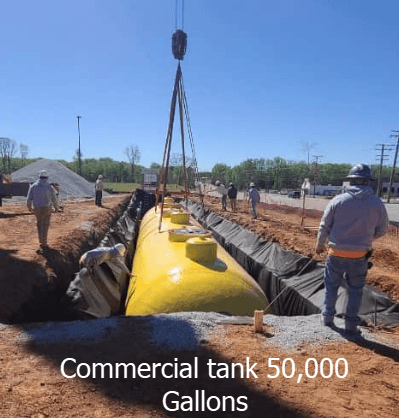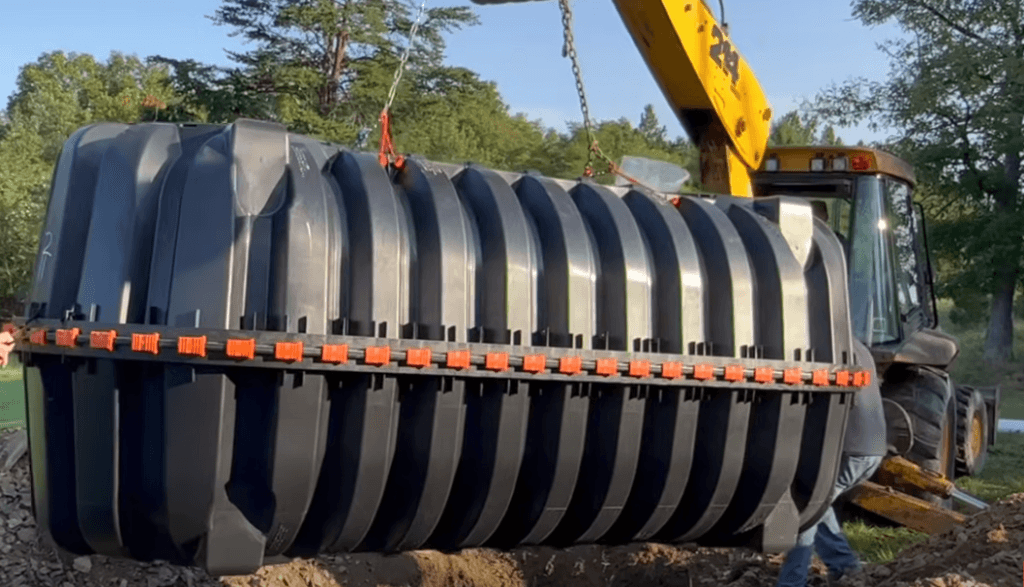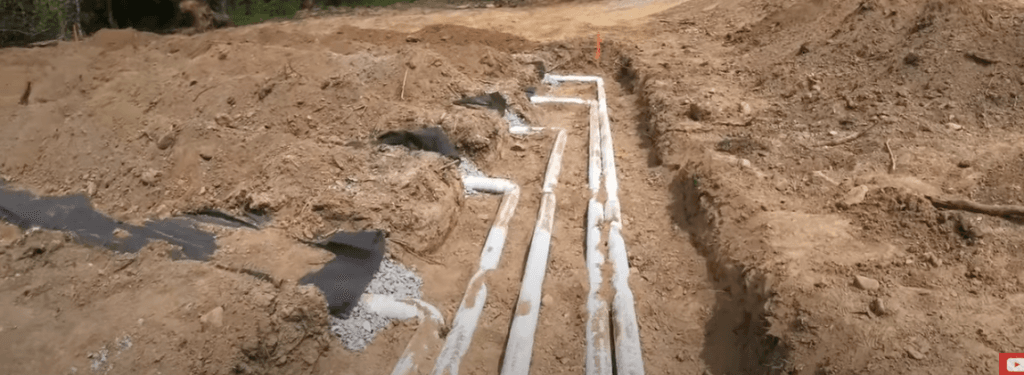Commercial Septic System Installation
Commercial Septic System Installation
Installing a commercial septic system doesn’t have to be a daunting task! With the right information and a bit of preparation, you can navigate the process smoothly. Here’s everything you need to know to make your septic system installation a breeze!
What Is a Commercial Septic System?
A commercial septic system is designed for large-scale operations. Unlike residential systems, it handles more significant volumes of sewage from businesses, restaurants, and institutions. Proper installation prevents costly issues like backups and environmental hazards.
Why a Commercial Septic System Is Essential
Ensures Compliance: Local codes and regulations require businesses to manage wastewater properly.
Reduces Maintenance Costs: A well-installed system minimizes future repairs and upkeep expenses.
Protects the Environment: Efficient systems filter wastewater before it re-enters the ground.
Steps for Commercial Septic System Installation
- Site Assessment and Planning
Start with a thorough site evaluation. A professional checks soil conditions, water tables, and space availability. The location must also meet zoning laws and environmental standards. - Choosing the Right Septic System
Select a system that matches your business size and wastewater output. Options include gravity-fed systems, pressure distribution, and advanced treatment units. Larger businesses require systems with higher capacity and durability.

- Designing the Septic System
Hire an experienced engineer to create a detailed design. The blueprint outlines tank size, drain fields, and pipe layouts. Accurate designs ensure smooth installation and no health code violations. - Obtaining Permits and Approvals
Before breaking ground, secure permits from local authorities. South Carolina has unique requirements for septic system installations. Failing to comply can result in costly fines and project delays. - Preparing the Site
Once permits are secured, excavation begins. The site is cleared, and trenches are dug for the septic tank and drain field. Proper grading prevents flooding and system inefficiencies. - Installing the Septic Tank
The septic tank is placed securely into the ground. Made from concrete, fiberglass, or plastic, it collects and separates solid waste. Professional installation ensures it’s level and leak-proof.

- Laying the Drain Field
The drain field allows treated wastewater to naturally filter into the soil. Pipes are installed carefully to ensure proper flow. A poorly constructed drain field can cause backups or environmental contamination. - System Testing and Inspection
Once installed, the system undergoes rigorous testing. Inspectors check for leaks, proper drainage, and overall functionality. Final approval confirms that the system is ready for operation.

Key Factors to Consider During Installation
Business Size: Larger properties produce more waste and need high-capacity systems.
Soil Quality: Poor soil conditions may require additional treatments or system upgrades.
Water Table Level: High water tables can interfere with septic tank functionality.
Maintenance Access: Design systems with easy access for inspections and pumping.
Benefits of Professional Septic Installation
Expertise: Professionals ensure all regulations are met, avoiding penalties.
Efficiency: Proper installation prevents future repairs, saving money in the long run.
Durability: High-quality installations extend the system’s lifespan.
Common Commercial Septic Installation Mistakes to Avoid
Ignoring Local Regulations: Always obtain necessary permits and approvals.
Choosing the Wrong System Size: Overloaded systems fail quickly.
Neglecting Soil Testing: Incompatible soil can cause drainage problems.
Skipping Regular Maintenance: Routine inspections are crucial for long-term performance.
Maintenance Tips for Long-Lasting Commercial Septic Systems
- Schedule Regular Pumping: Pump the tank every 3-5 years to prevent buildup.
- Monitor Water Usage: Excessive water use strains the system.
- Avoid Harsh Chemicals: Chemicals can kill beneficial bacteria in the tank.
- Inspect for Leaks: Leaking pipes can cause severe damage over time.
- Educate Staff: Teach employees what can and cannot go into the system.
Conclusion
A successful commercial septic system installation requires careful planning, skilled professionals, and attention to detail. By following these steps, businesses can ensure their wastewater management system operates efficiently for years. Proper installation saves money, protects the environment, and ensures Compliance with local laws.
For businesses seeking hassle-free installation, hiring experienced professionals is the best investment. Proper maintenance and routine checks will keep your system running smoothly.
BB Shirley Construction: Your Trusted Septic System & Land Clearing Experts
For over 50 years, BB Shirley Construction has proudly served the Camden, SC, area, specializing in land clearing, grading, and expert septic tank installation. Whether you need a durable concrete or fiberglass septic system, we’ve got the experience, equipment, and dedication to get the job done right.
Owner and operator Benny Shirley brings decades of hands-on knowledge and a commitment to professionalism, ensuring every project is completed on time and to your satisfaction. When you choose BB Shirley Construction, you choose reliability, expertise, and exceptional service.
📞 Join us today at (803) 600-4791, and let’s dive into your next project together with confidence! We’re here to make your vision a reality!